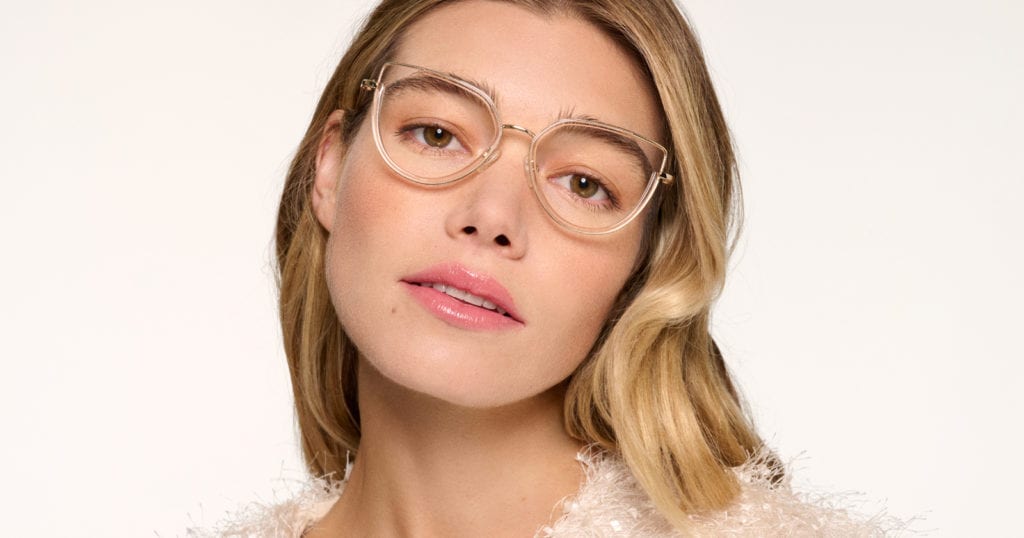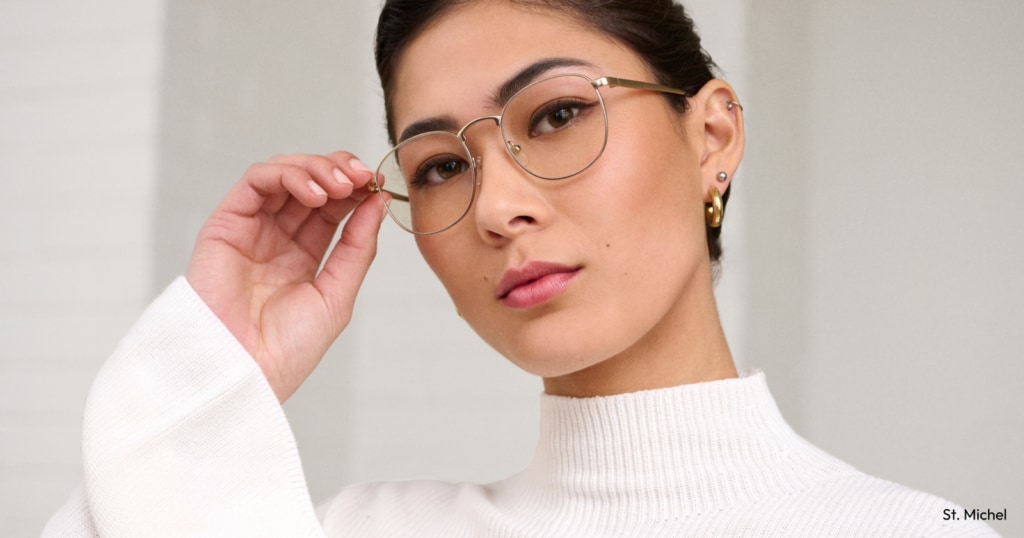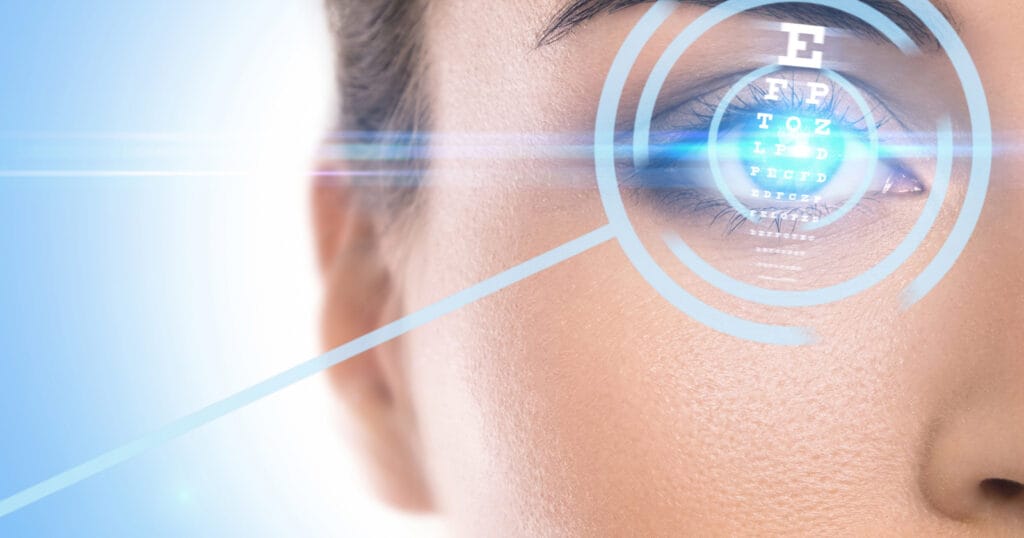Eye colors are one of the many unique features that make each person’s appearance distinct. From deep, soulful browns to vibrant, electric blues, no two eye colors are exactly alike. There are even a select few eye colors that are particularly rare, capturing our fascination and curiosity. In this blog, we’ll uncover what eye color is the rarest and explore the science that brings these unique hues to life. You’ll also discover tips on how to choose the perfect frames to let your unique eye color shine, along with other interesting eye color facts. Ready to dive into the fascinating world of rare eye colors?
Exploring What Is The Rarest Eye Color
The world of eye color rareness is a fascinating one, with green, amber, gray, hazel, and violet or red eyes being the rarest of them all. These unique colors are a result of a complex interplay between genetic factors and the presence of pigments like melanin or lipochrome in the iris. In the following sections, we’ll explore each of these rare eye colors in depth, discussing their origins, what causes them, and how they can be accentuated to shine even brighter.
Violet or Red Eyes: The Rarest Spectrum
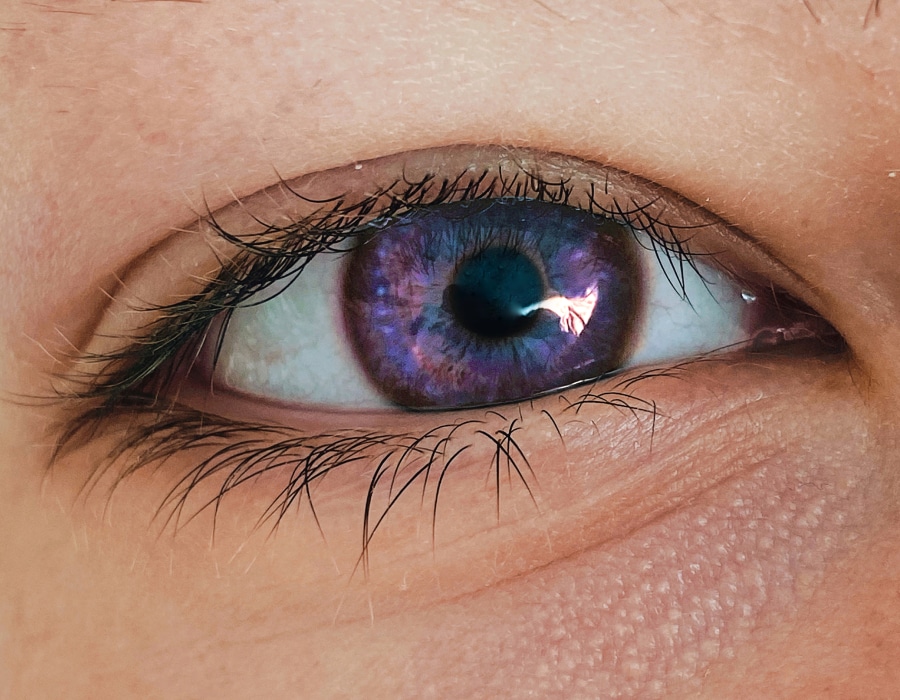
Violet or red eyes are among the rarest eye colors, with less than 0.01% of the population having this unique hue. This eye color is often associated with albinism, a genetic condition that results in the absence of melanin, the pigment responsible for coloring hair, skin, and eyes. Without melanin, the iris appears transparent, allowing the blood vessels in the back of the eye to show through. This results in a striking violet or red appearance.
While most people with violet or red eyes have albinism, some people may have eyes that appear violet due to a combination of blue coloration and the scattering of light. This phenomenon is similar to how gray and green eyes are formed. True violet eyes, however, are exceptionally rare and can only occur when there is an absence of melanin.
Frames to Accentuate Violet or Red Eyes:
To enhance the captivating charm of violet or red eyes, opt for frames in colors like silver, rose gold, or light purple. These metallic shades harmonize with the warm red or cool violet hues, enhancing the eyes’ appearance. Alternatively, opt for neutral-colored frames, such as black or tortoiseshell, to provide a subtle contrast that allows the eyes to take center stage.
Shop metallic frames for red or violet eyes
Green Eyes: The Enchanting Emerald

Green eyes, often considered the most mysterious and enchanting, are found in only about 2% of the world’s population. This rare eye color occurs due to the presence of low to moderate levels of melanin combined with the scattering of light by the collagen fibers in the stroma of the iris, known as the Tyndall effect. This unique combination creates the stunning green hue we see.
Interestingly, the exact shade of green can vary from person to person, ranging from a bright, emerald green to a soft, sage-like hue. Additionally, green eyes may appear to change color depending on lighting conditions or clothing color, adding to their mystique.
Frames that Flatter Green Eyes:
To enhance green eyes, opt for frames in warm colors like gold, tortoiseshell, and deep red. These shades beautifully complement the green hue, making the eyes stand out even more.
Shop tortoiseshell frames for green eyes
Amber Eyes: The Alluring Glow

Amber eyes, characterized by their golden-yellow hue, are another rare eye color. This mesmerizing color is the result of the presence of lipochrome, a yellow pigment, in the iris. Amber eyes are more commonly found in certain animal breeds, such as dogs and cats, but are rarer in humans, with only about 5% of the population possessing this eye color.
Frames that Flatter Amber Eyes:
To make amber eyes pop, choose eyewear in rich colors like black, dark brown, or navy blue. These shades will provide a striking contrast against the golden hue, drawing attention to the eyes.
Gray: The Mystical Silver
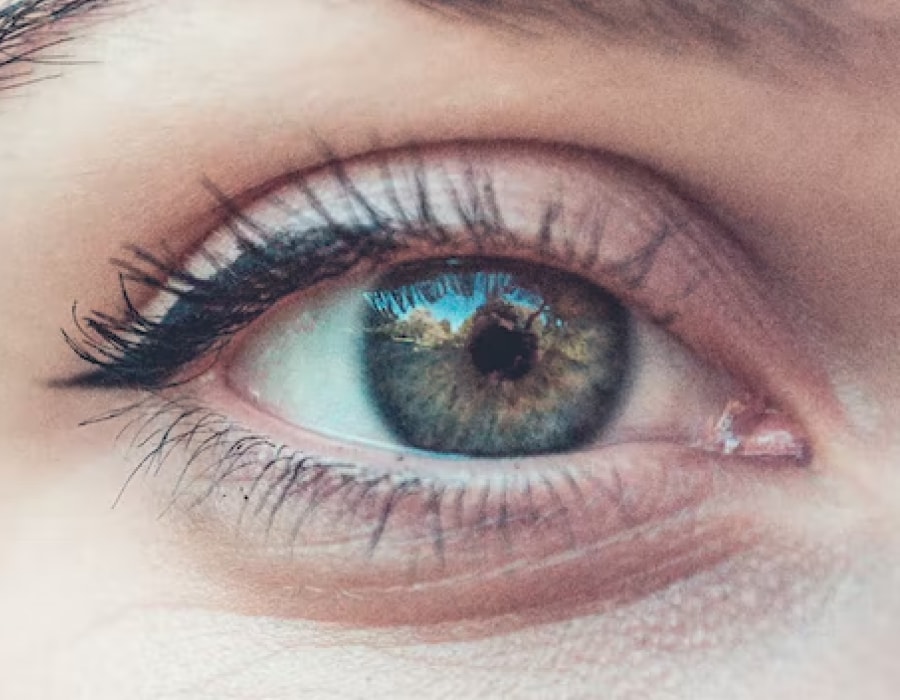
Gray eyes are among the rarest eye colors, with less than 1% of the world’s population possessing this mesmerizing hue. Gray eyes are believed to be a variant of blue eyes, with the gray color resulting from a higher concentration of collagen fibers in the iris. This increased density of fibers scatters light differently, creating their mystical silver appearance.
Frames that Flatter Gray Eyes:
To accentuate the unique beauty of gray eyes, consider frames in shades of deep blue, silver, or even bold and vibrant colors. These shades will help highlight the silver hue, making it even more captivating.
Shop bold frames for silver eyes
Hazel: The Hypnotic Hue
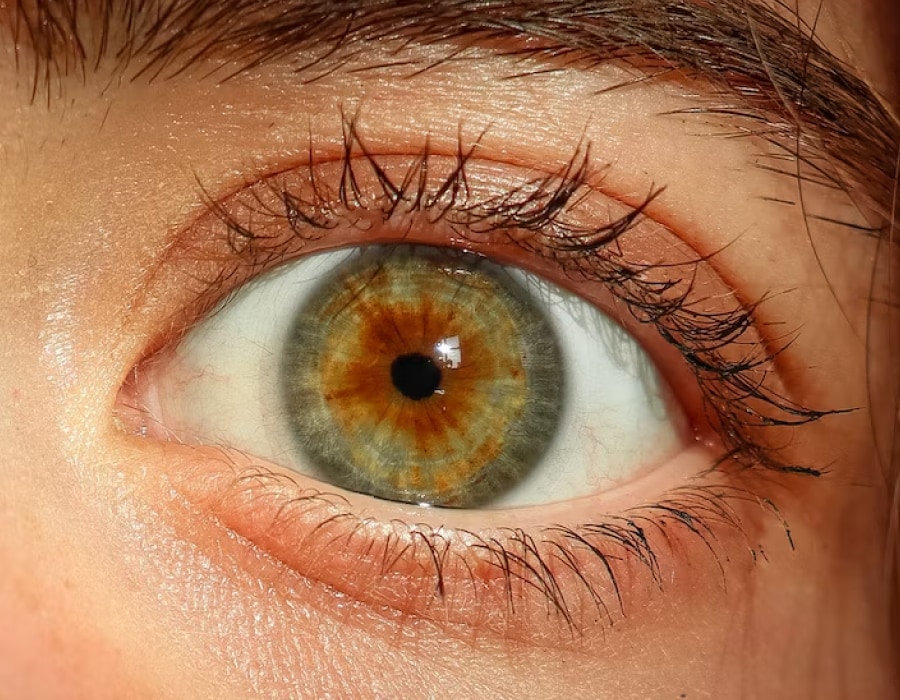
Hazel eyes, a captivating blend of green, brown, and gold, exhibit a unique color-shifting quality that sets them apart. Although not as rare as green, amber, or gray, hazel eyes are still relatively uncommon, with around 5% of the population having the eye color. The distinctiveness of hazel eyes lies in the varied distribution of melanin and lipochrome within the iris, creating colors that can appear to change depending on lighting conditions.
Frames to Accentuate Hazel Eyes:
To showcase the dynamic beauty of hazel eyes, consider frames in earthy tones like olive green, rich brown, and warm gold. These colors complement the natural hues found in hazel eyes, emphasizing their unique blend of colors.
Shop earthy frames for hazel eyes
Fascinating Facts Beyond The Rarest Eye Colors
- Eye color can change over time: It’s not uncommon for babies to be born with blue eyes, which may darken or change color as they grow due to the development of melanin. In some cases, eye color may even change later in life due to factors like hormonal changes or certain medications.
- Brown eyes are the most common eye color: With over 55% of the world’s population having brown eyes, it is by far the most common eye color.
- Blue eyes have a common ancestor: Blue eyes are thought to have originated from a single common ancestor who lived 6,000-10,000 years ago. This ancestor had a genetic mutation that caused their eyes to appear blue, and this trait was passed down to future generations.
- Heterochromia: A rare condition called heterochromia occurs when an individual has two different eye colors, either due to genetic factors or injury. This condition can be partial, where only part of the iris is a different color, or complete, where each eye is a different color.
- Eye color and light sensitivity: Lighter eye colors, like blue and green, are more sensitive to light because they have less melanin to protect the eye from harmful UV rays. This is why individuals with lighter eye colors may be more prone to conditions like cataracts or age-related macular degeneration.
There is a correlation between eye color and certain health conditions: For example, individuals with lighter eye colors may be at a higher risk for age-related macular degeneration, while those with darker eyes may be at a lower risk.
Each of these rare eye colors possesses its unique charm, whether it is the enigmatic emerald of green eyes, the alluring glow of amber eyes, or the harmonious hues of hazel eyes.
Understanding the science behind these rare eye colors — from the Tyndall effect to the scattering of light — not only enriches our appreciation of the beauty and complexity of the human eye, but also helps us select the perfect frames to complement and accentuate each unique hue. Whether it is selecting a warm color to enhance green eyes, choosing a contrasting color like black or navy blue to make amber eyes pop, or opting for a metallic shade to harmonize with violet or red eyes, the right frames can truly bring out the best in rare eye colors.
Beyond the question of what is the rarest eye color, exploring fascinating eye color facts, such as the potential for eye color to change over time, further deepens our knowledge and curiosity about the incredible world of human eye colors. Ultimately, the captivating charm and diversity of rare eye colors continue to fascinate us, reminding us of the endless wonders and mysteries of the human body.
Find the perfect frame to make your eye color pop!

